Bogen Nyquist NQ-S1810WT-G3 Manual
Læs gratis den danske manual til Bogen Nyquist NQ-S1810WT-G3 (5 sider) i kategorien Ikke kategoriseret. Denne vejledning er vurderet som hjælpsom af 17 personer og har en gennemsnitlig bedømmelse på 3.5 stjerner ud af 9 anmeldelser.
Har du et spørgsmål om Bogen Nyquist NQ-S1810WT-G3, eller vil du spørge andre brugere om produktet?

Produkt Specifikationer
| Mærke: | Bogen |
| Kategori: | Ikke kategoriseret |
| Model: | Nyquist NQ-S1810WT-G3 |
Har du brug for hjælp?
Hvis du har brug for hjælp til Bogen Nyquist NQ-S1810WT-G3 stil et spørgsmål nedenfor, og andre brugere vil svare dig
Ikke kategoriseret Bogen Manualer

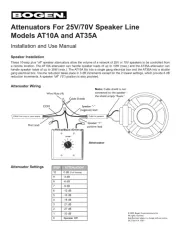
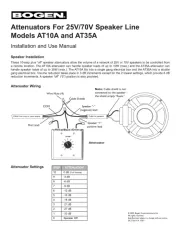
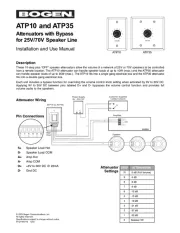


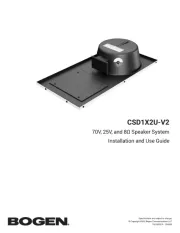
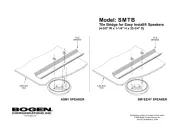
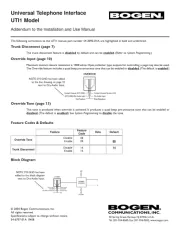
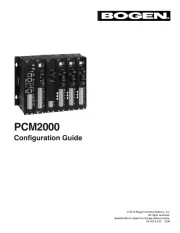
Ikke kategoriseret Manualer
- Python
- Qoltec
- ReTrak
- IPD
- Phase One
- Blumfeldt
- Cooler Master
- Kahayan
- Hollyland
- AgfaPhoto
- LUCIDA
- Proaim
- Alright Devices
- Omega Altise
- Technics
Nyeste Ikke kategoriseret Manualer









